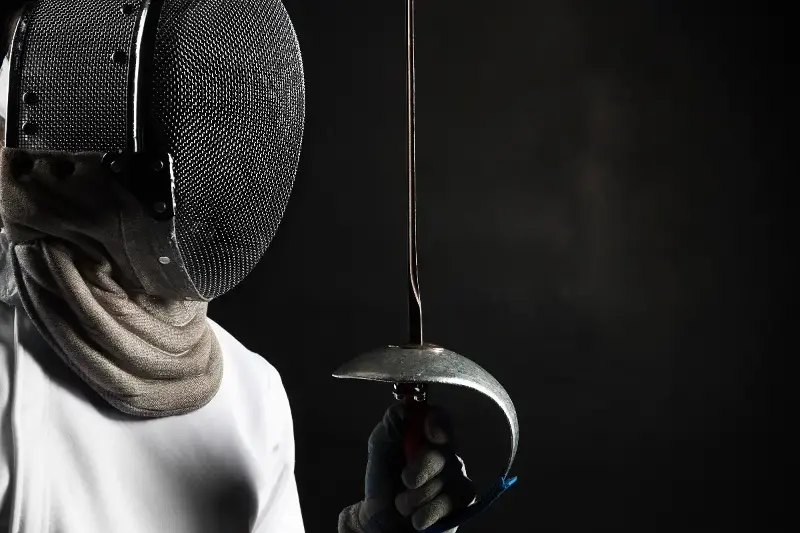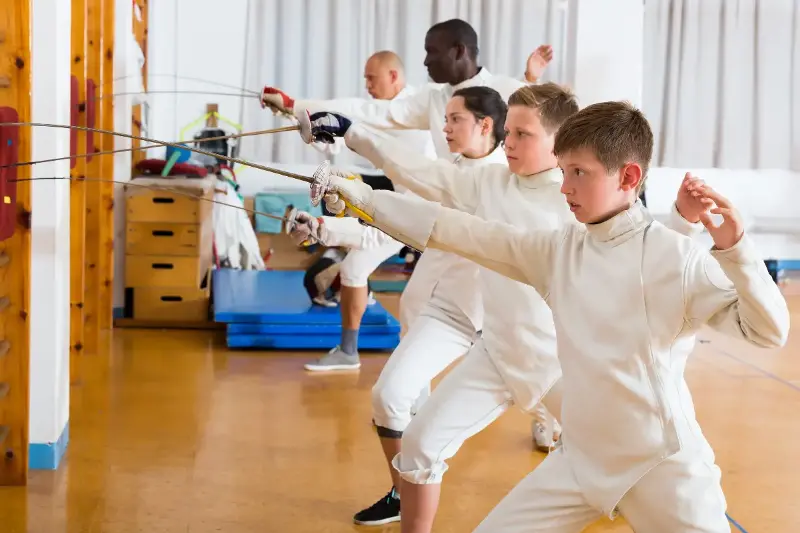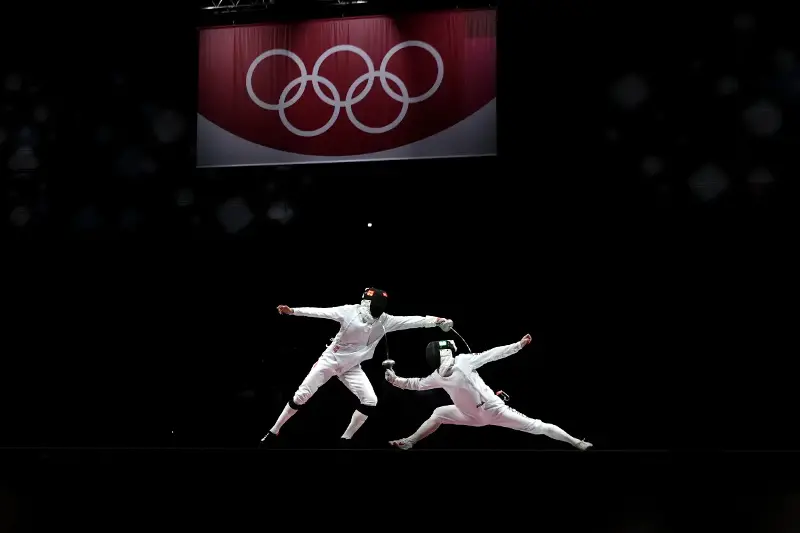Few sports combine artistry, agility, and strategic brilliance like fencing. From its roots as a gentleman’s pursuit to its captivating presence on the Olympic stage, fencing has long held a unique place in the world of international sport and culture.

A Legacy Carved in Steel
Fencing’s allure stretches deep into history, tracing its origins to mediaeval duelling and refined Renaissance swordsmanship. The sport evolved from the practical need to master blades for both survival and social status. Fencing schools flourished across Europe, notably in Italy, France and Spain, each developing distinct styles and techniques that echo in modern bouts.
With the rise of the modern Olympic movement, fencing claimed its spot as one of only five sports to have featured at every Summer Olympic Games since 1896. This enduring legacy underscores the sport’s blend of tradition and reinvention, as fencers still salute their opponents—a homage to the respect once paid on the duelling ground—before every match.

The Dance of Technique
At first glance, fencing may resemble a fast-paced ballet with swords. But beneath the elegant footwork and evasive manoeuvres lies a highly technical contest of wit and will. There are three primary weapons in fencing: foil, épée, and sabre. Each requires distinct tactics and delivers a different rhythm and drama.
Foil is the weapon of finesse, targeting the torso and demanding acute precision. Épée encourages patience and cunning, as the entire body is a valid target and only the first hit counts—perfect for those who relish mind games. The sabre, reminiscent of cavalry combat, rewards lightning reflexes and bold aggression, with points scored from the waist up and touches landed at electrifying speeds.
These contrasting styles mean that fencers must not only master physical skills but also adapt their mindset for each weapon. The quicksilver tactics employed at the top level can see matches flip in an instant, and the psychological duel is as thrilling as the physical.

Olympic Tension and Triumph
For spectators, fencing delivers adrenaline and artistry in every match. The Olympics bring out the very best—moments where a single touch can make the difference between lifelong glory and heartbreak. The drama is heightened by the sport’s distinctive electronic scoring system, where bulbs flash to indicate a hit, often in what feels like the blink of an eye.
Legends of the piste have emerged from every continent. Italians and French are famed for their schools of technique and flair, while recent decades have seen the rise of stars from Asia, Africa, and the Americas. The diversity and dynamism of the Olympic fencing field highlight the sport’s universal appeal.
Women’s fencing, in particular, has skyrocketed in prominence since its Olympic debut in 1924 for foil—today, all three weapons offer events for both men and women. These electrifying contests showcase raw power, tactical nous, and unscripted theatricality.
Fencing’s Artistic Soul
Fencing is not merely a test of reflexes and athleticism; it is often described as “physical chess”—a cerebral contest where anticipation, deception, and creativity are paramount. Matches feature dramatic ripostes, feints, and breathtaking parries, giving the encounter a sense of performance as much as competition.
Outside the sporting world, fencing’s aesthetic and storyline have influenced countless works of art, literature, and film. Swashbuckling heroes like Zorro and The Three Musketeers have brought the elegance and excitement of the sport into the hearts of millions. In turn, fencing remains a staple of stage and screen choreography, prized for its visual flair and timeless narrative of rivalry and respect.
Fencing is much more than a clash of swords; it is a vibrant fusion of culture, athleticism and creative spirit. At every level—from local fencing clubs to the grandest Olympic stage—the sport continues to captivate and inspire. Whether you’re drawn by its rich history, artistic technique, or pulse-raising competition, fencing unfailingly dazzles with its unique blend of past and present.
